Rotor unveil hydraulic Uno groupset
New hydraulic groupset includes disc or rim brakes, out spring 2016
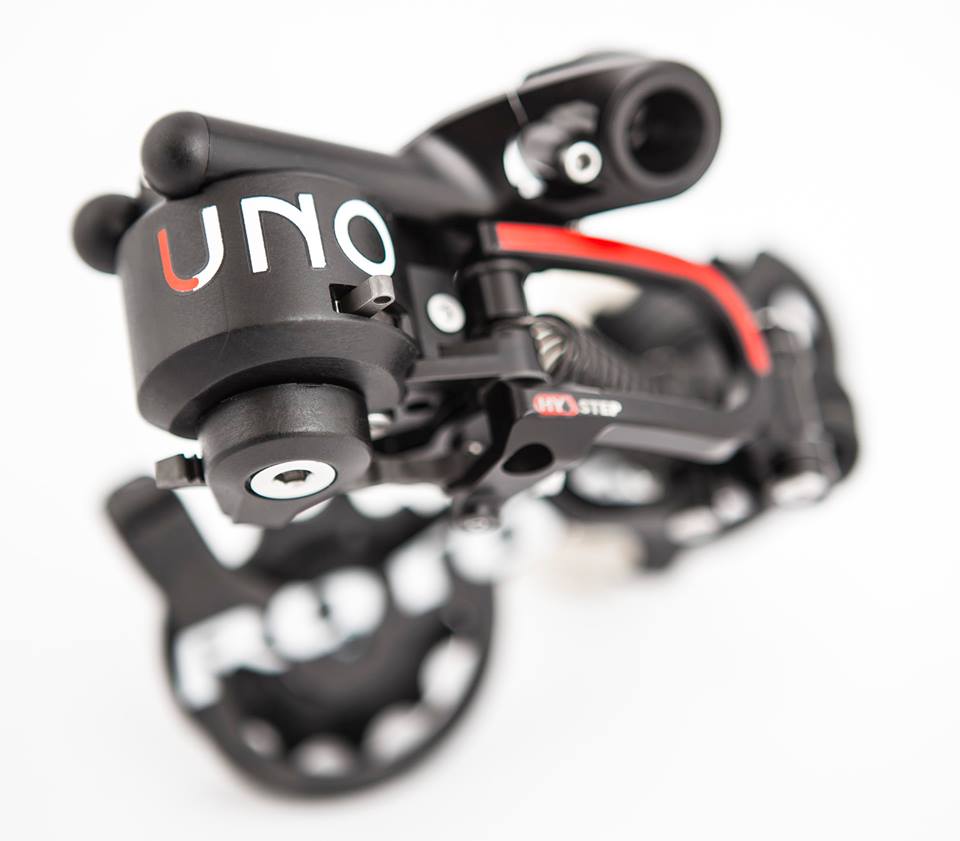
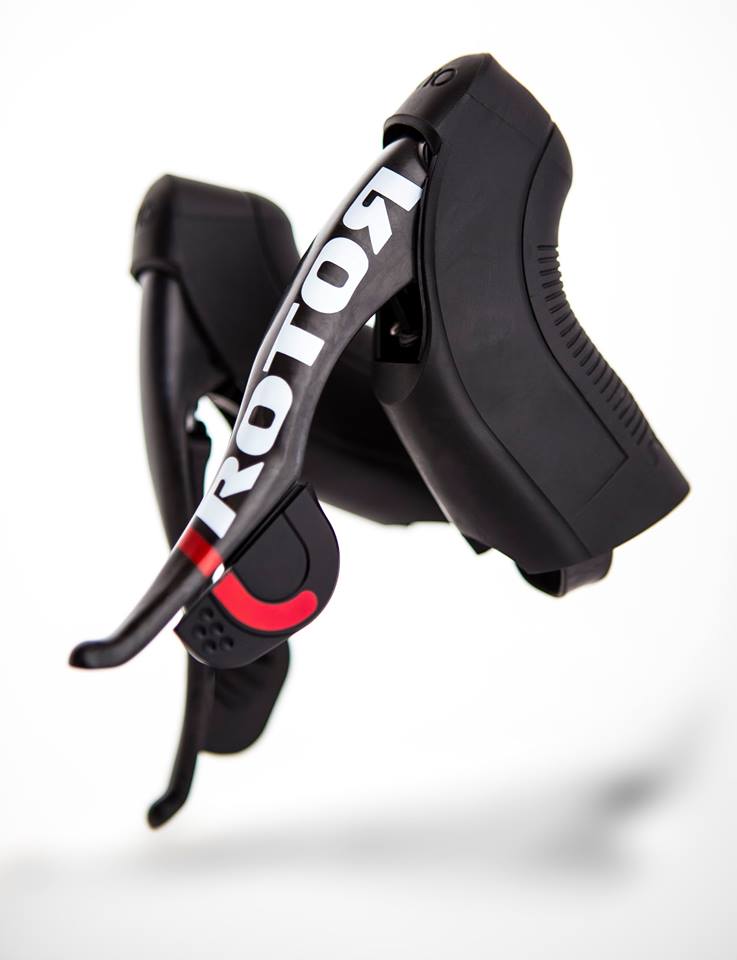
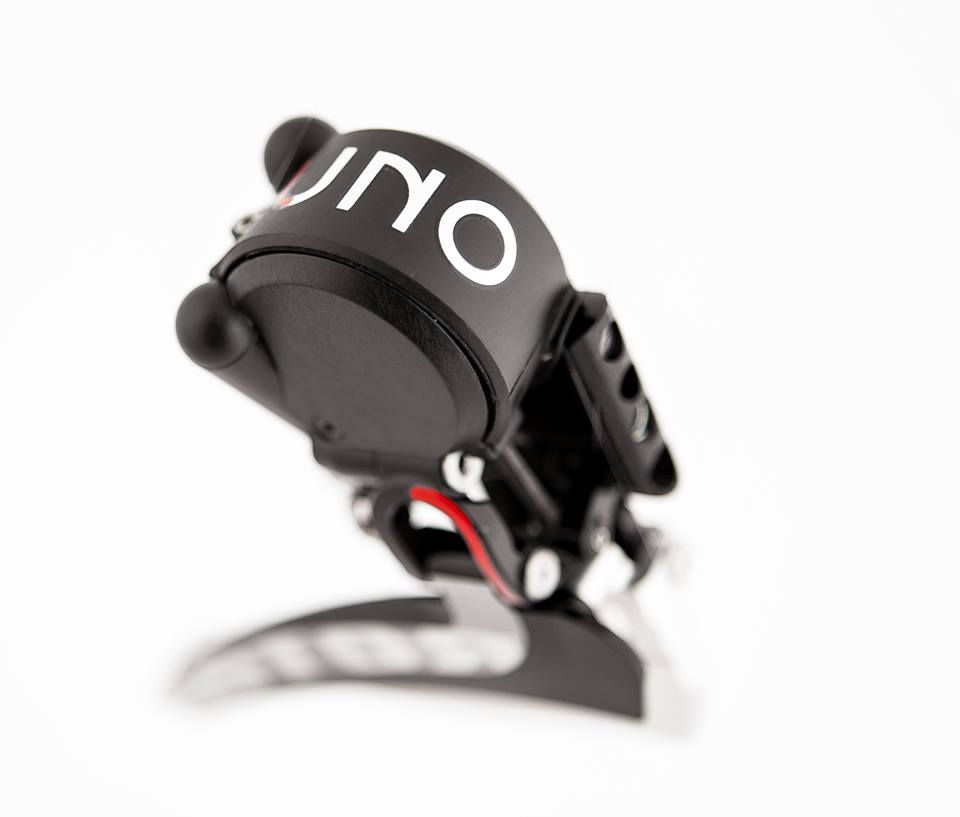
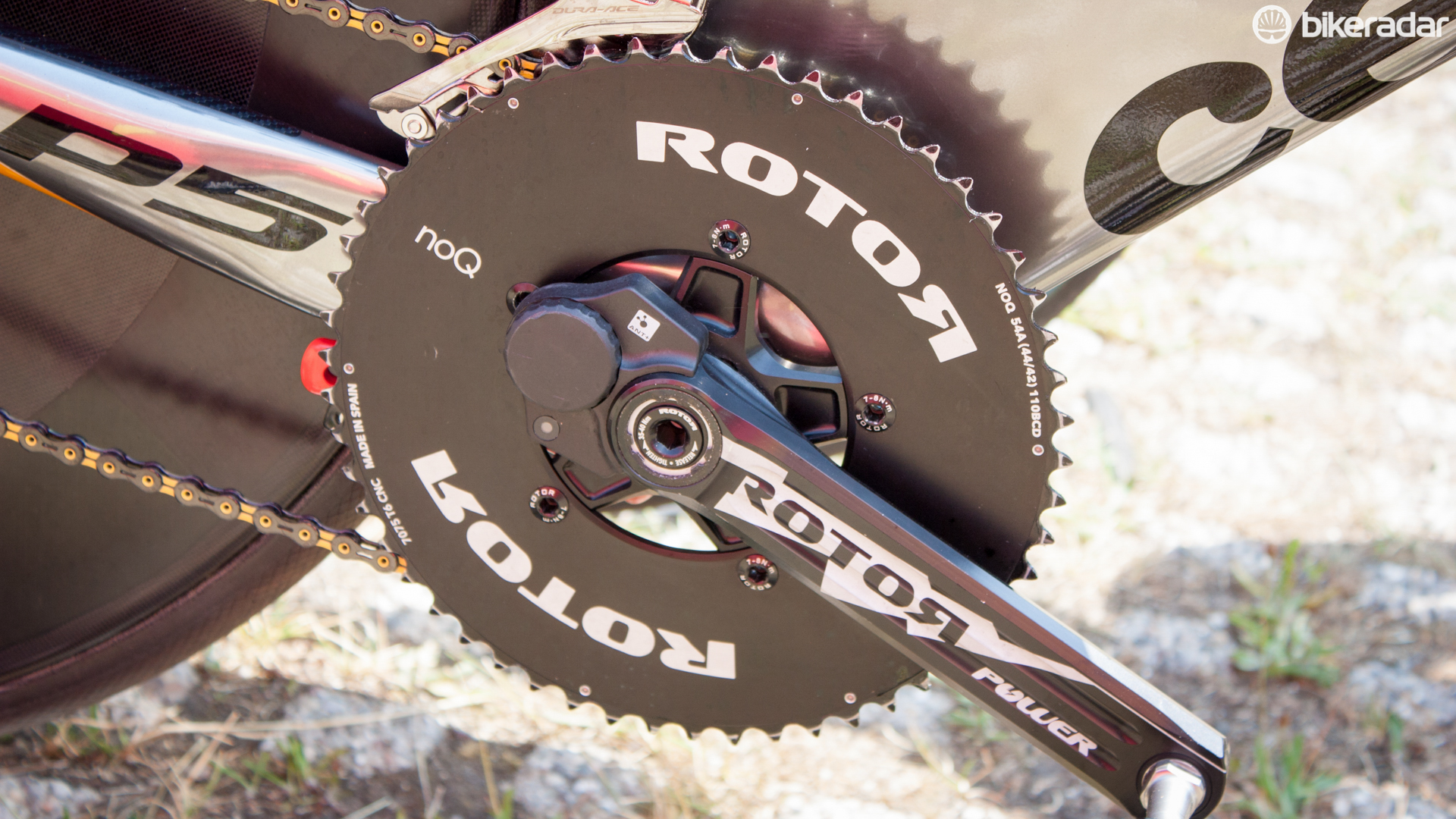
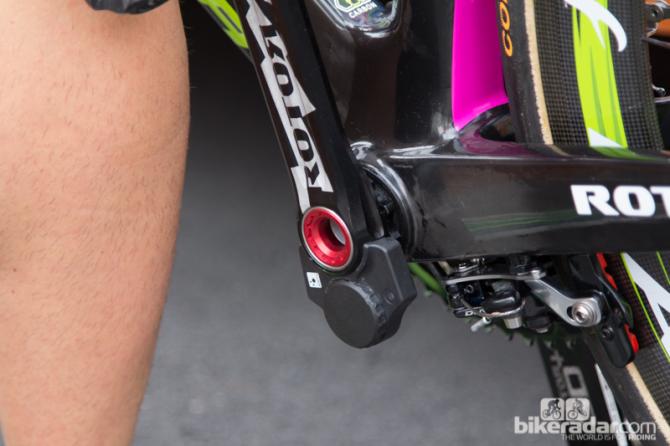
This article originally appeared on Bikeradar.
Rotor has released the first pictures of its new Uno road groupset. The Spanish company, most famous for its oval Q-Rings and chainsets, has spent six years creating a new hydraulic-based road group to take on Shimano, SRAM and Campagnolo. The finished Uno group will be shown at the Eurobike show next week and is due to go on sale in spring 2016. It is not clear if the groupset will be used in the professional peloton. However, Rotor supplies some components to the Lampre-Merida, MTN-Qhubeka and Caja Rural teams.
Posted on Rotor’s Facebook page, the pictures show the new levers and derailleurs. Full details are yet to be announced, but Rotor is promising “smooth activation, low maintenance, multiple shifting positions, both rim and disc hydraulic brake options, internal hose routing, and low ‘ride’ weight”.
An accompanying press release says Rotor hopes to “capitalize on its worst kept secret” with a full release at the annual Eurobike show in Germany next week. The global product launch is currently scheduled for spring 2016.
Not pictured here are the rim and disc brakes, which Rotor created in partnership with hydraulic maestro Magura. The inclusion of hydraulically operated rim brakes could offer riders a serious alternative to the growing disc-brake trend: Magura’s RT8 rim brakes, developed for the Cervélo P5, have enormous stopping power and low weight.
Rotor’s co-founder and chief innovation officer, Pablo Carrasco, said: "Our initial idea was to improve upon existing shifting systems; we knew that our system was a small step forward with its increased precision compared with other cable-actuated systems. But we still suffered the same disadvantages of those systems, like friction, devolving inconsistent force over time, and other inconveniences.
"We knew that disc brakes for road were about to become a reality and we challenged ourselves to further the concept and apply hydraulics to actuate shifting as well," he added.
Get The Leadout Newsletter
The latest race content, interviews, features, reviews and expert buying guides, direct to your inbox!
The exact operation of Uno’s shifting is still a secret, with Rotor having only displayed the group behind closed doors to this point. The hydraulics might well be Rotor’s way of differentiating the Uno, as well as getting around patent issues, but the idea of having to bleed lines for gears might put traditionalists or less wrench-savvy riders off.
That said, it could be a boon for bike designers, who may be able to create new internal routing set-ups thanks to a hydraulic line’s immunity from loss of performance when compared with cabled systems, for which a kinked routing can seriously damage shifting.
Lead engineer, Carlos Cartón, said: "Hydraulic systems are already something we use everyday without thinking twice… in car brakes, construction equipment, and airplanes. So it made sense to apply this proven technology to bicycle transmission, where the advantages are really clear." In fact, the company is promising to “radically improve” on other groups.
The levers appear similar to SRAM’s designs in terms of looks, with a single shifter positioned behind the brake lever. Each derailleur has a cylindrical hydraulic chamber attached.
It won’t be long before we can get our hands on the Uno groupset and see how the hydraulic shifting compares with cable and – probably its biggest competition – electronic systems such as Shimano Di2 and SRAM Etap.